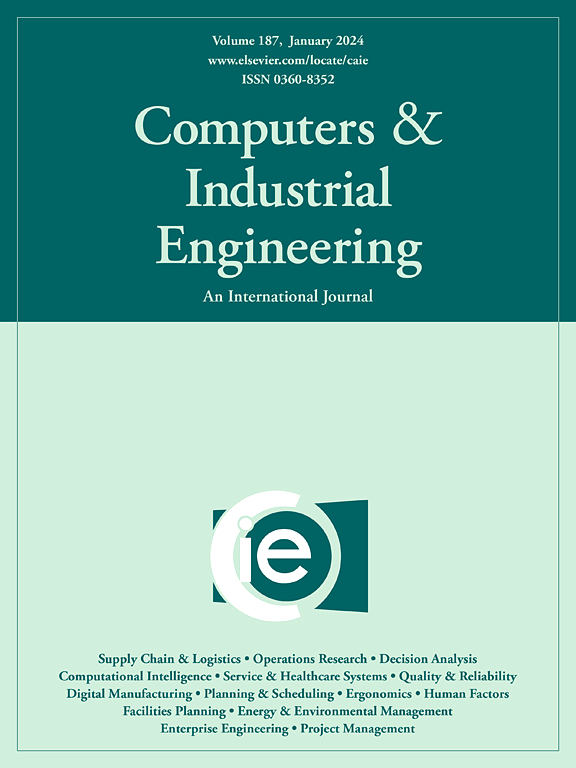A continual learning approach for failure prediction under non-stationary conditions: Application to condition monitoring data streams
IF 6.7
1区 工程技术
Q1 COMPUTER SCIENCE, INTERDISCIPLINARY APPLICATIONS
引用次数: 0
Abstract
Accurate forecasting of Remaining Useful Life (RUL) is crucial for predictive maintenance (PdM), permitting prompt actions that decrease downtime and maintenance expenses. Yet, conventional RUL estimation techniques often struggle to adjust to changing operational conditions and data drift, restricting their use in dynamic industrial settings. This research presents a continual learning framework designed for these non-stationary conditions, where models progressively learn from new data while retaining previously gained insights. By tackling issues such as catastrophic forgetting, the proposed technique enhances robustness and adaptability, rendering it applicable to real-world scenarios. The framework’s efficacy is validated using realistic industrial scenario datasets, like AI4I and N-CMAPSS, which include varied scenarios such as manufacturing and aerospace operations. Experimental findings showcase significant enhancements in prediction accuracy and model resilience over traditional methods. Incorporating deep neural network architectures, such as Multi-Layer Perceptrons (MLP) and Convolutional Neural Networks (CNN), within the continual learning paradigm, optimizes performance for dynamic data shifts. This study advances RUL estimation methods by offering a scalable and practical solution for PdM in sectors where reliability and efficiency are paramount. Its capacity to adapt to evolving operational conditions and provide actionable insights bolsters improved maintenance strategies, curtailing unexpected disruptions and operational costs. The proposed framework is particularly beneficial for sectors like manufacturing, energy, and aerospace, where non-stationary data and evolving failure modes present significant challenges.
求助全文
约1分钟内获得全文
求助全文
来源期刊

Computers & Industrial Engineering
工程技术-工程:工业
CiteScore
12.70
自引率
12.70%
发文量
794
审稿时长
10.6 months
期刊介绍:
Computers & Industrial Engineering (CAIE) is dedicated to researchers, educators, and practitioners in industrial engineering and related fields. Pioneering the integration of computers in research, education, and practice, industrial engineering has evolved to make computers and electronic communication integral to its domain. CAIE publishes original contributions focusing on the development of novel computerized methodologies to address industrial engineering problems. It also highlights the applications of these methodologies to issues within the broader industrial engineering and associated communities. The journal actively encourages submissions that push the boundaries of fundamental theories and concepts in industrial engineering techniques.
 求助内容:
求助内容: 应助结果提醒方式:
应助结果提醒方式:


